


Since it was founded in 1957, Les Grands Ballets Canadiens has presented over 150 new works. Since the arrival of Ivan Cavallari as artistic director, the renewal and enrichment of our repertoire have been at the heart of our mission. His primary objective is to introduce audiences to notable original works alongside great classics and to support Les Grands Ballets in its role as ambassador and proponent of a bold creative culture built on a foundation of excellence and performance and befitting Montreal’s status as a major cultural centre.
The company draws on its creation fund to pursue excellence and hire world-class local and foreign talent commensurate with its world-class reputation, whether choreographers or set, costume or lighting designers. The creation fund makes it possible for the company’s dancers to explore the full range of their creativity, take risks and present a constantly refreshed lineup for spectators. It is also vital to the company’s efforts to promote cultural education for the general public.
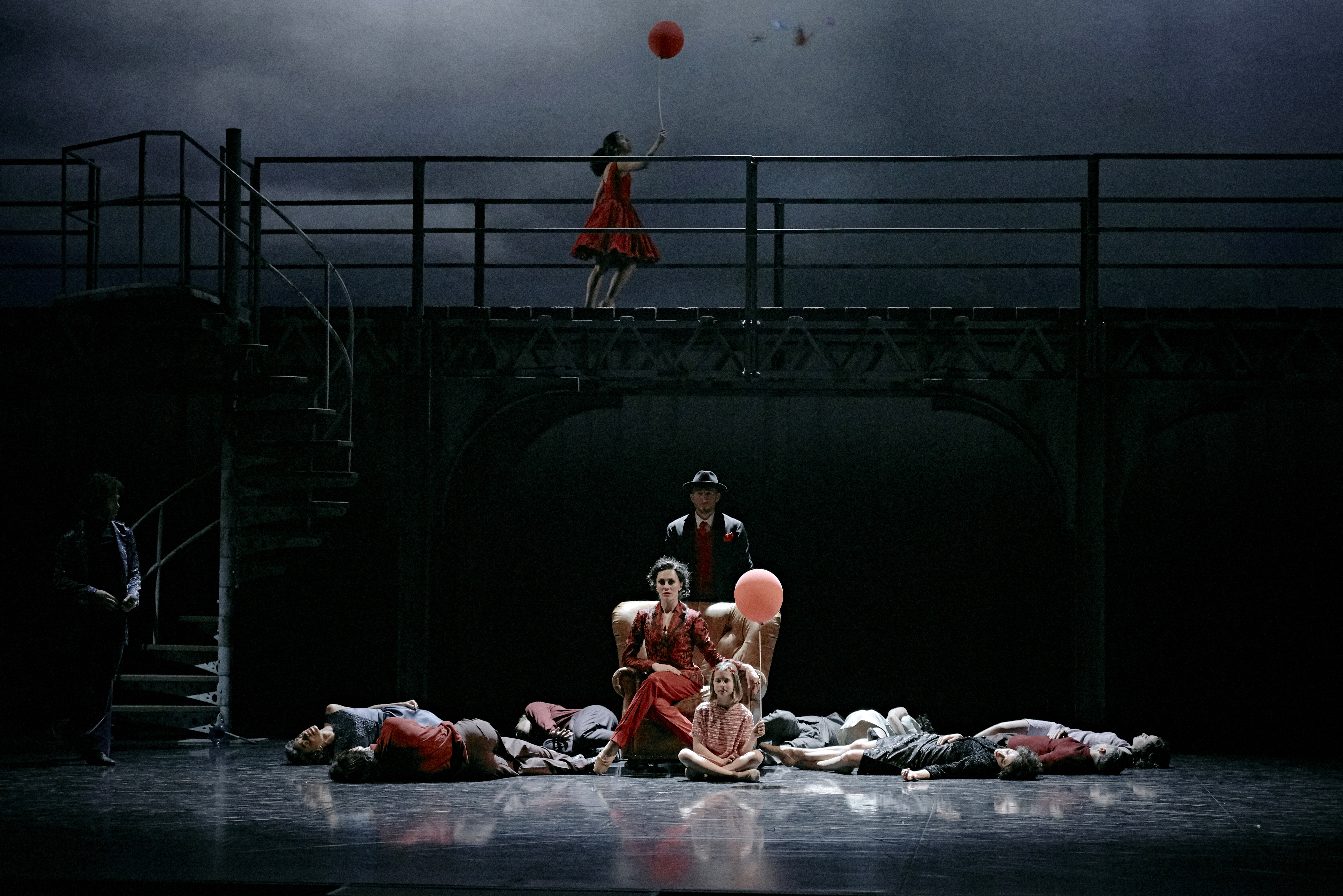
Over the years, Les Grands Ballets Canadiens has invited nearly 50 choreographers, including 12 Canadians, to create and present new works which are now part of the company’s repertoire.
The Artistic Director invites choreographers to create a new work on a subject of his or her choice. Each choreographer then selects the dancers for the production’s various roles and assembles a team of designers to handle lighting, costumes, sets and all the other facets of the work.
Les Grands Ballets invites world-renowned choreographers like Mats Ek, Jiří Kylián, Ohad Naharin, Stephan Thoss and Canadians Peter Quanz and Édouard Lock, who help expand the troupe’s canon of works and maintain its high production levels. It also extends an invitation to up-and-coming choreographers like Annabelle Lopez Ochoa, Garrett Smith, Edward Clug and Étienne Béchard along with its own dancers or former dancers like Jérémy Galdeano, Věra Kvarčáková, Étienne Delorme and Andrew Skeels, offering them fertile ground to cultivate their artistic callings with an established performing arts company.
(Photo: Sasha Onyshchenko)
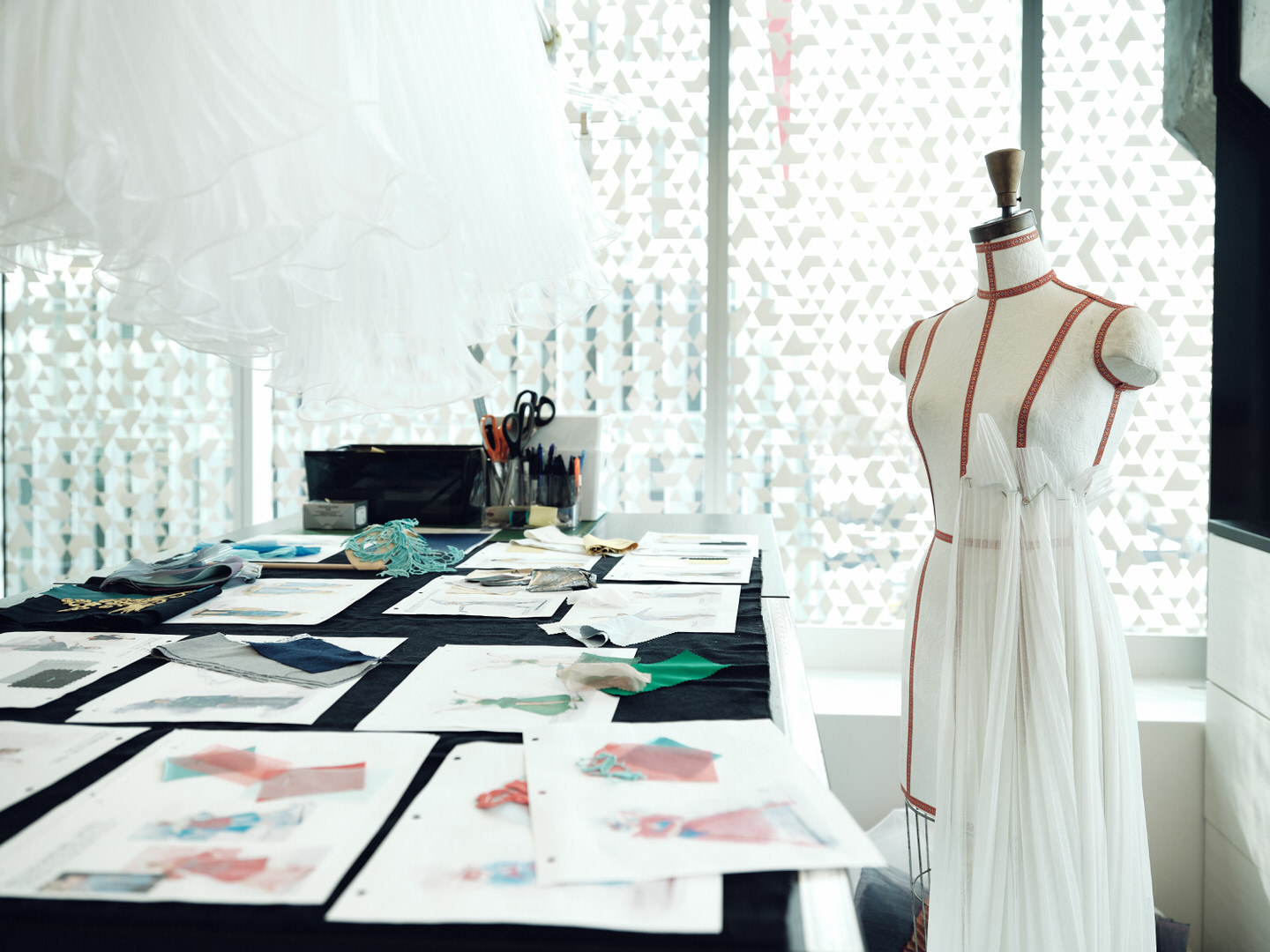
Did you know that...
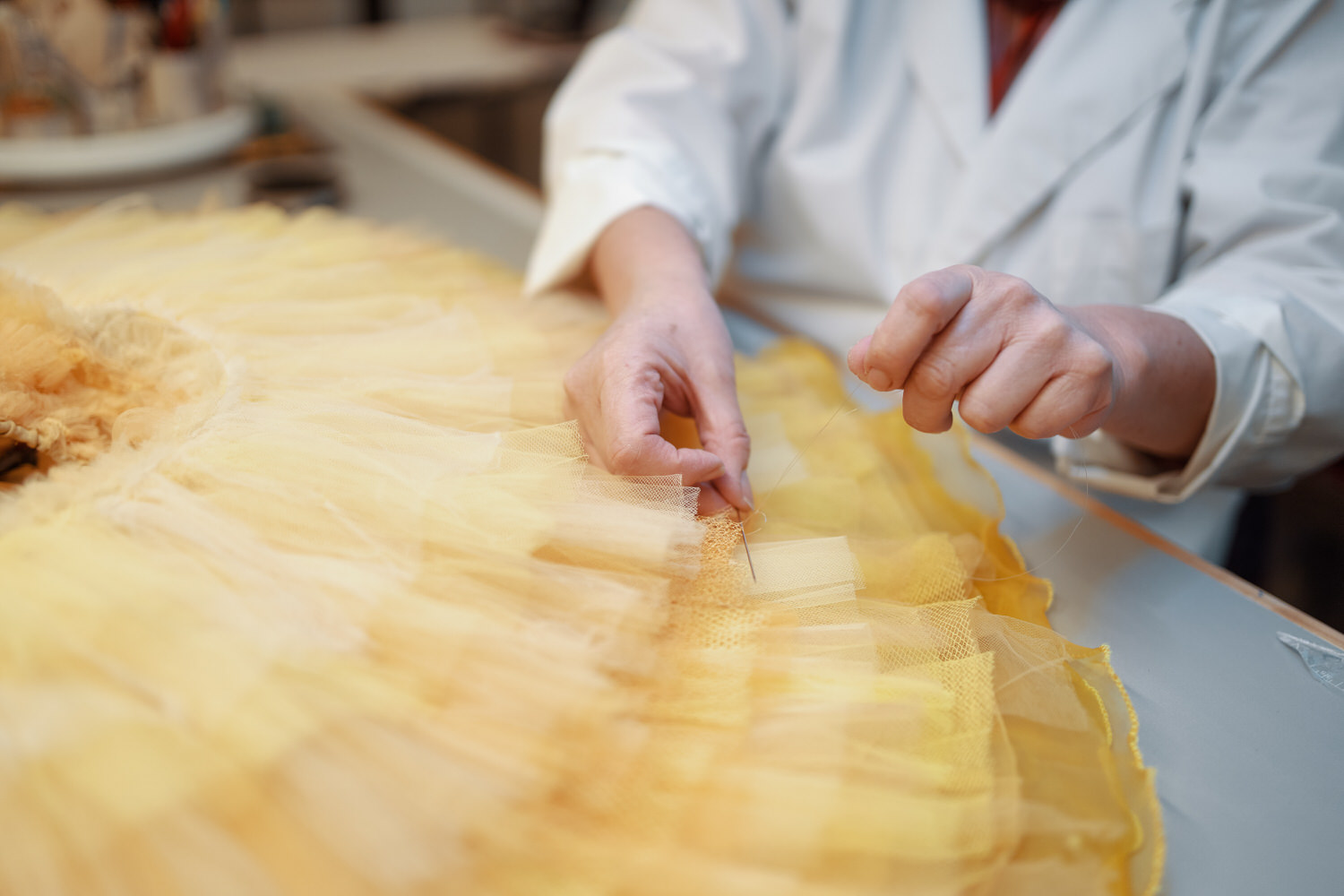
All costumes used in Grands Ballets creations are made-to-measure by hand, in the costume workshop located in the Édifice Wilder. Les Grands Ballets is one of the few cultural institutions to still have its own costume workshop. By preserving this sector of activity and keeping that expertise alive, the company contributes to the protection of an important cultural and artistic heritage, employing over twenty local artisans who apply ancestral techniques.
The entire costume creation and refurbishment process is carried out in-house, from sketches and patterns to fabric selection, prototypes and more. Costumes must be able to withstand the athletic performance of the dancers, accompany the fluidity of their movements, capture the light on stage and, above all, remain safe to prevent injury.
(Photos: Sasha Onyshchenko)
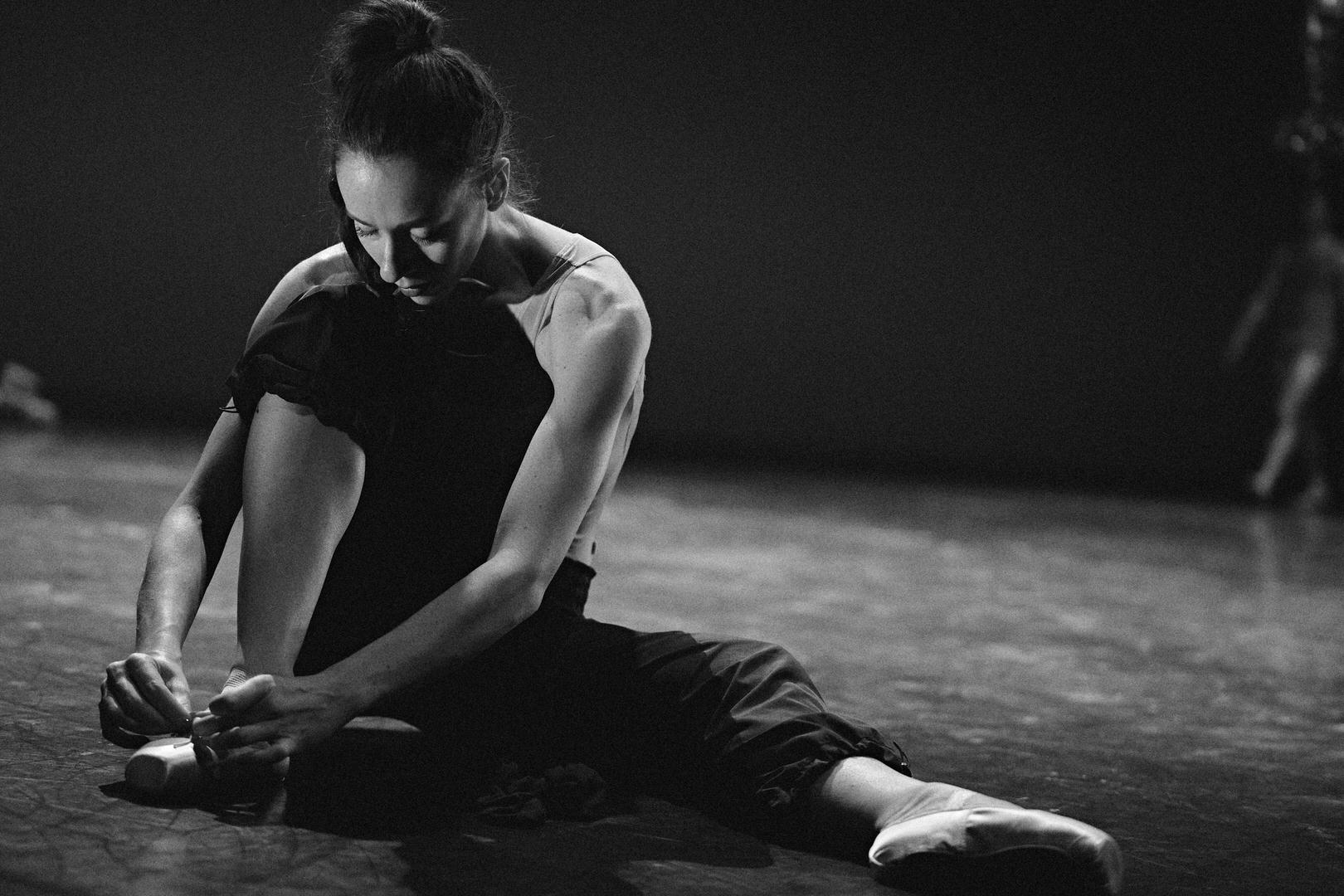
A powerful yet delicate combination of leather and satin, ballet pointe shoes have fascinated audiences and challenged thousands of dancers over the centuries. Made from several layers of cardboard, paper and burlap, every dancer at Les Grands Ballets receives their own custom-made pointe shoes, to ensure that their feet stay safely in place.
A pair of pointe shoes costs an average of $150. Depending on the difficulty of a ballet, pointe shoes may have to be discarded after just one performance! The annual budget for pointe production is $160,000, which represents over 1,000 pairs of pointe shoes!
Concerned about the environment and the amount of waste produced by our company, we have implemented a system for recovering damaged pointe shoes, enabling us to offer them a second life as souvenirs. Each pointe shoe is signed by our dancers and sold to raise money for The Nutcracker Fund for Children.
(Photo: Sasha Onyshchenko | Dancer: Rachele Buriassi)
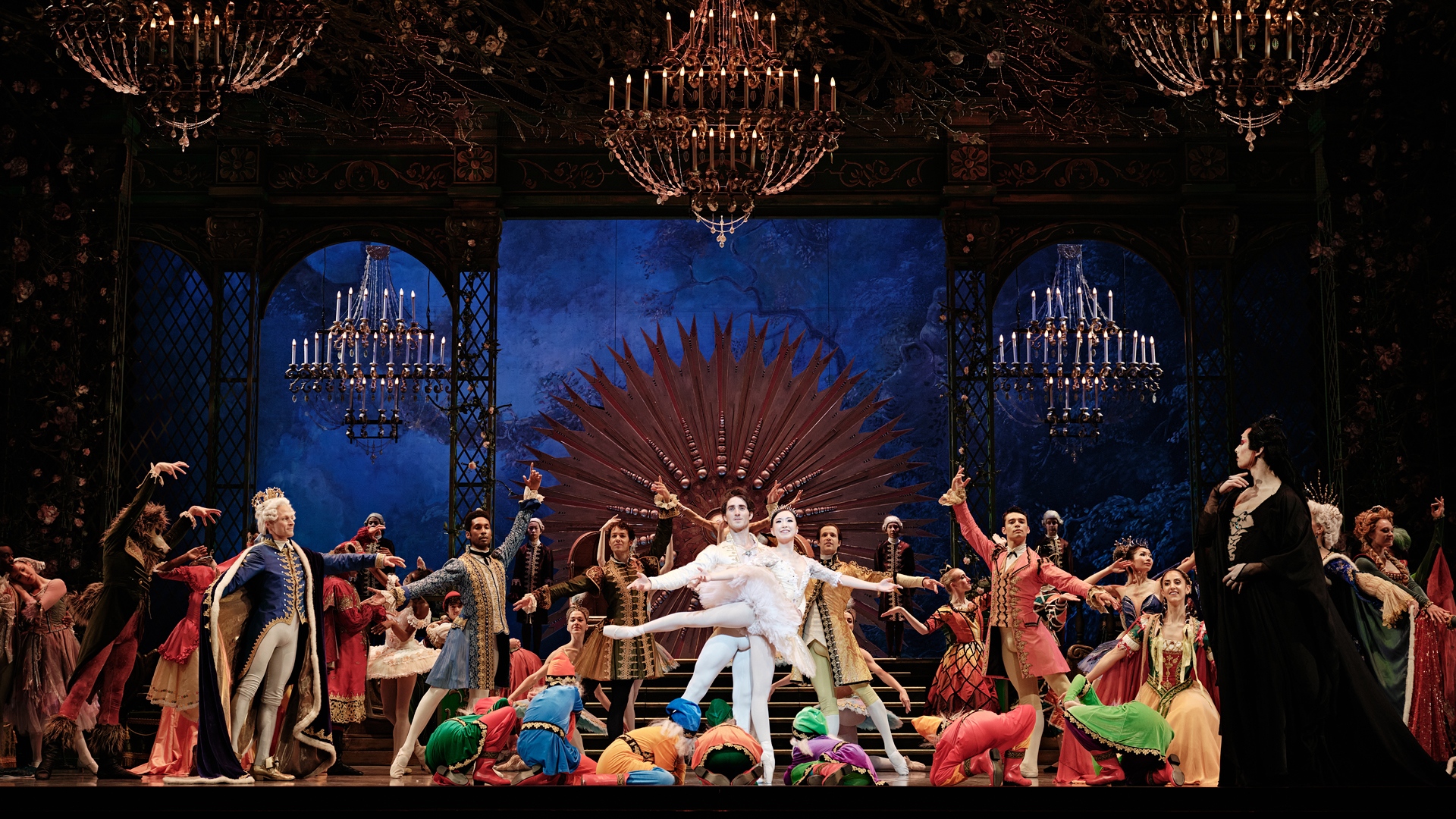
Set design allows the audience to immerse themselves for the duration of a performance in the world imagined by the choreographer. Without them, the ballet loses an entire dimension of the artists' imagination, which means they add undeniable value for the audience.
Choreographers often collaborate with set designers, and sets are usually manufactured in Montreal, if they don't already exist. This is a vital element in the creative process, enabling us to offer audiences a renewed vision of some of the great classics, as illustrated by the revisited set for Giselle, that will be presented this Spring. Projections on a silk-thread curtain are used as backdrops to create a bold, dust-free adaptation of this great classic.
Setting up the scenery usually requires between 35 and 45 technicians per production, and takes between 48 and 72 hours.
(Photo: Sasha Onyshchenko)
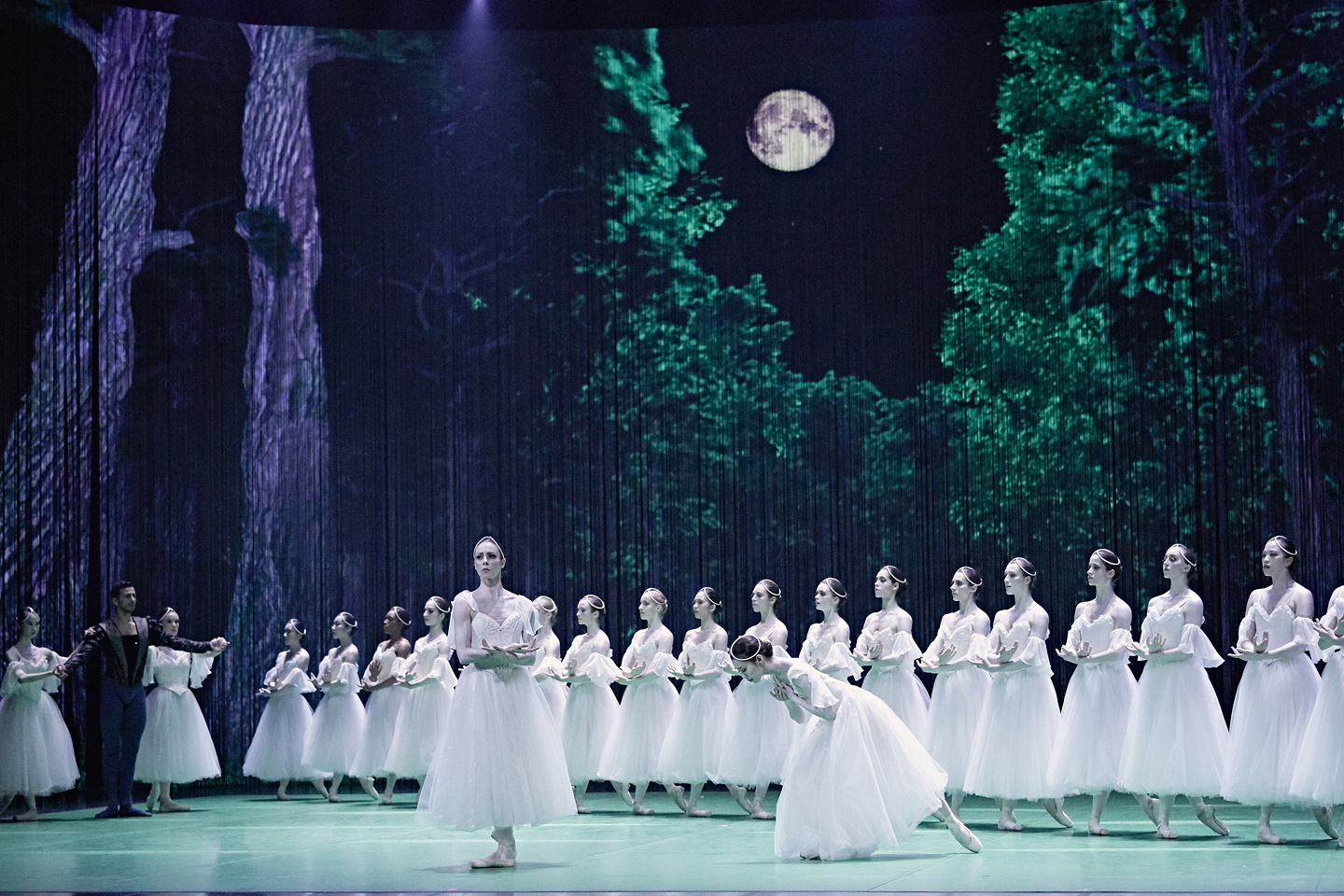
Our dancers are an integral part of the creative process with the choreographers, offering different interpretations of the parts assigned to them. Their uniqueness lies in their ability to master classical techniques perfectly, while also being able to adapt to more contemporary choreography. To this technical rigor is added an artistic sensitivity that makes them outstanding performers.
A professional dancer begins the day with a ballet class, followed by daily rehearsals. Up to 20 ballets can be rehearsed at a time, and each new ballet can require up to 100 hours of rehearsal. On average, a dancer rehearses 1,500 hours a year, and must learn over 15 choreographies and several roles per production.
(Photo: Sasha Onyshchenko)
For further information, contact us:
514 849-8681, ext. 232
philanthropie@grandsballets.com

